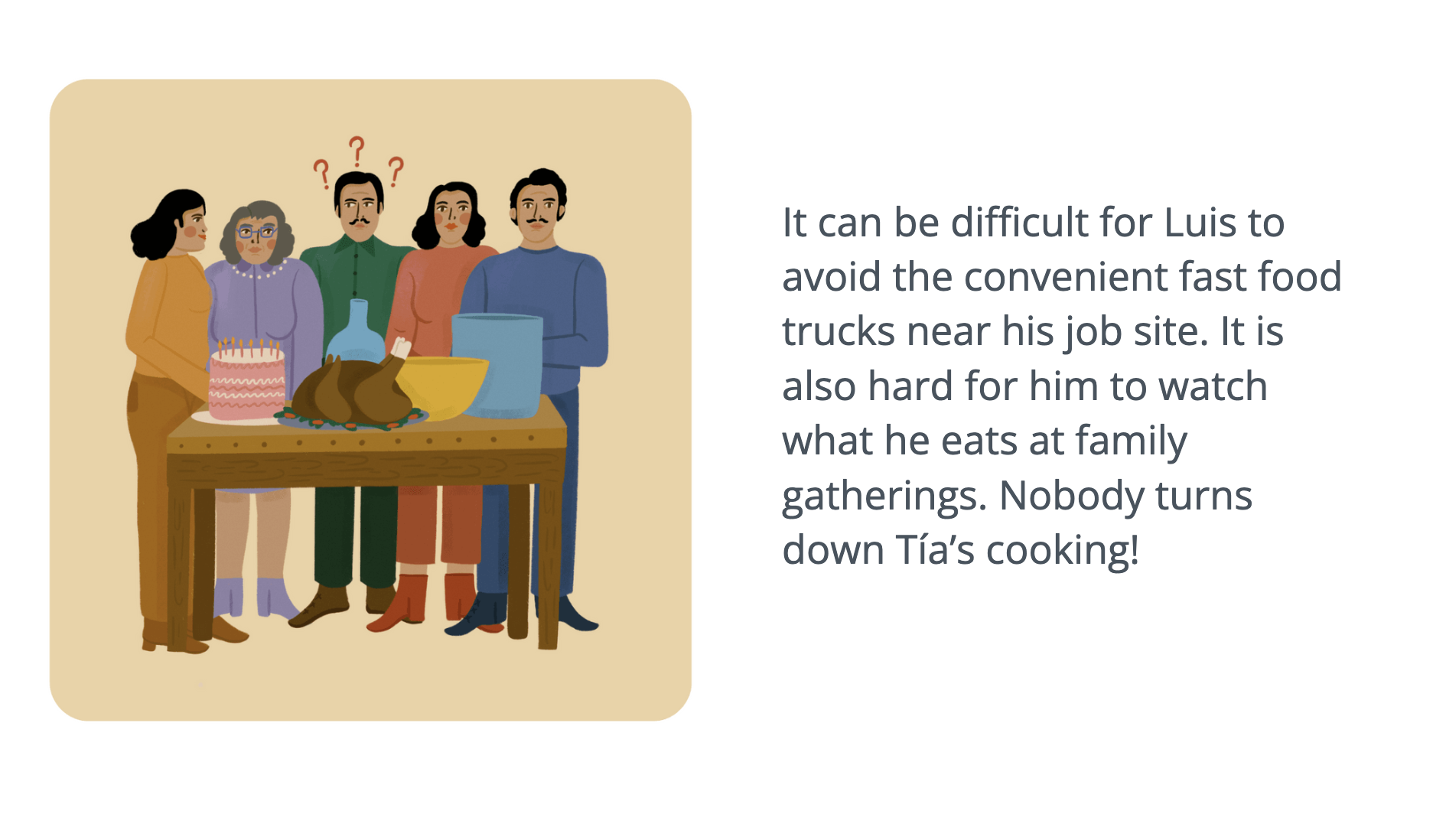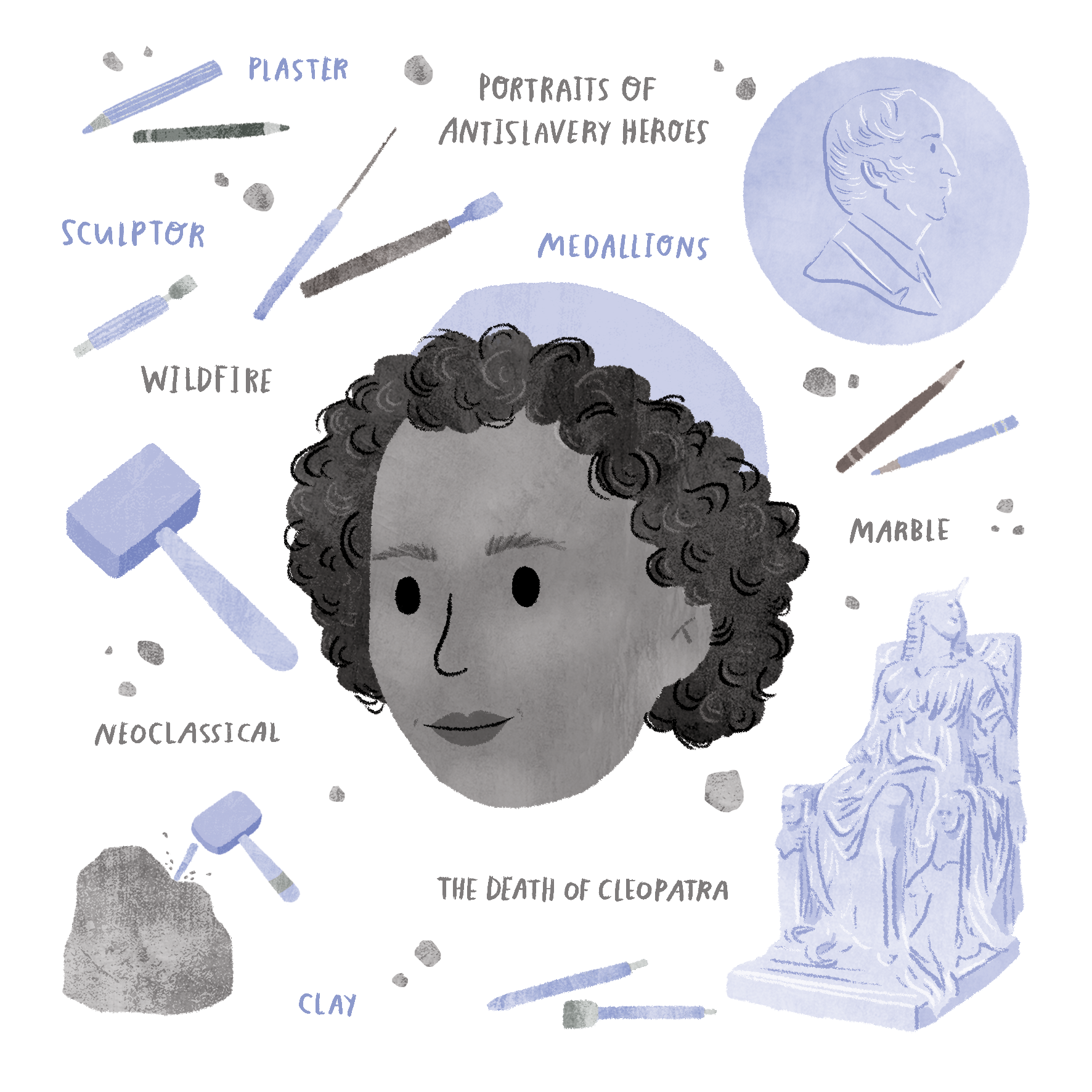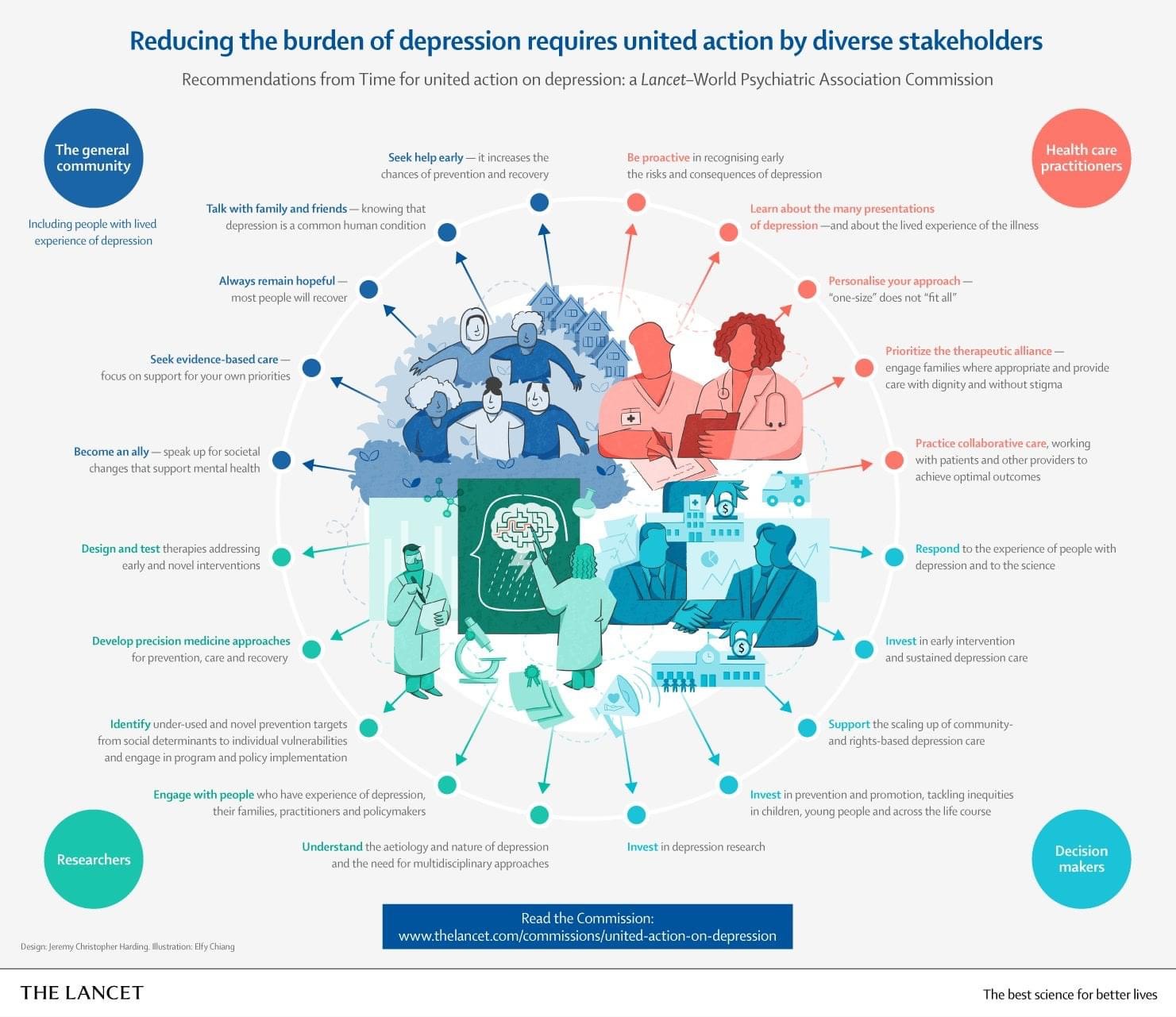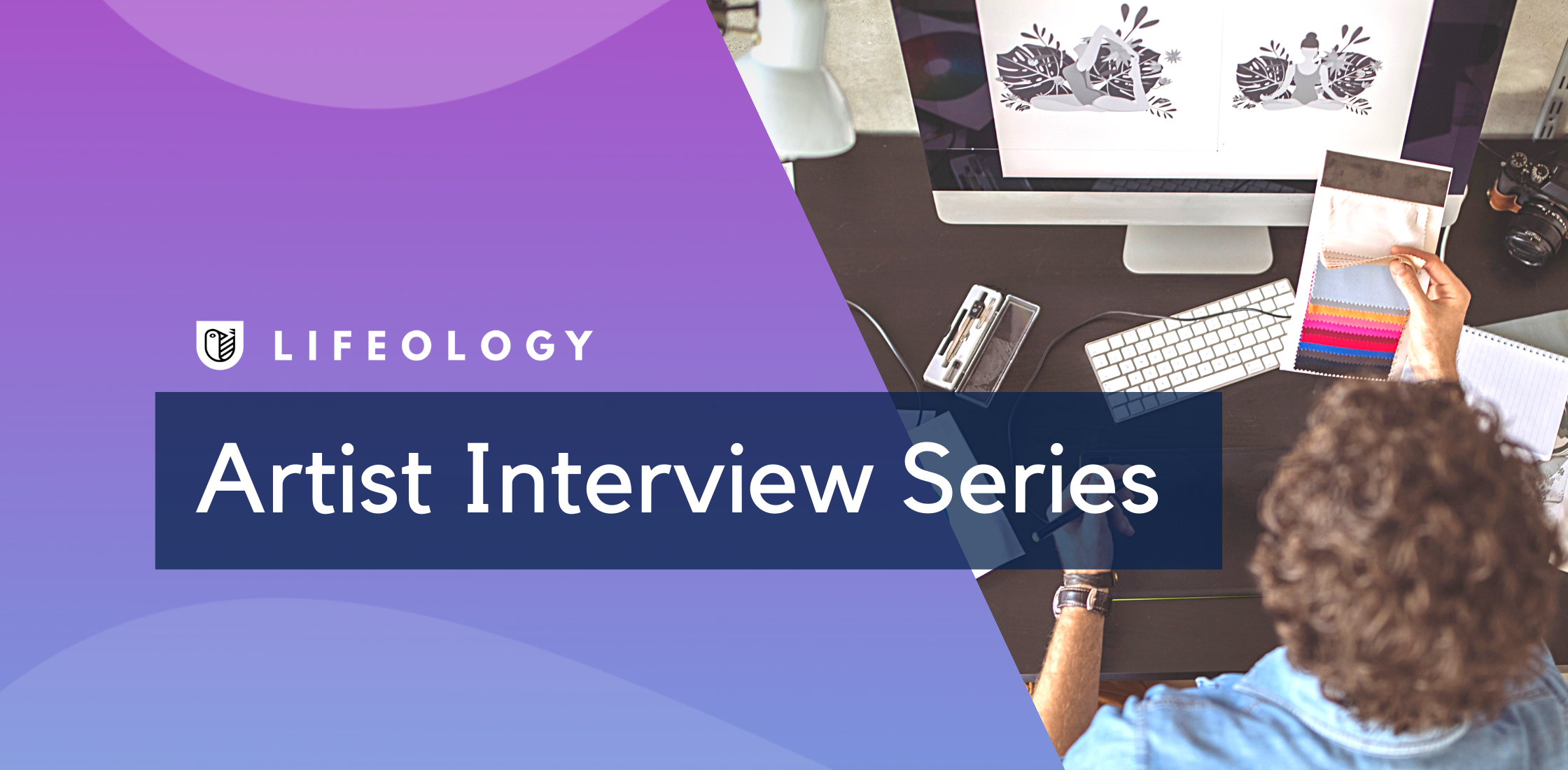
The Lifeology team has been busy working with health professionals, from mindfulness coaches to fitness experts to medical specialists. We have been creating a series of Lifeology courses for LIFE Ascent, a wellness program that gives subscribers the tools needed to improve their health. It is a program based on learning, measuring and establishing habits across multiple areas of health.
Subscribers establish habits that result in a greater understanding of how their body functions and why it responds the way it does to provide a foundation of sustainable weight management, improved fitness, and more. Lifeology courses are part of this program. We have tapped into our community of writers, reviewers, and illustrators to help develop these courses.
Recently, I contacted some of the artists and illustrators that were tasked with creating the visuals for these courses. Over the coming weeks, I will be creating a series of bi-weekly interviews focusing on the various artists, their backgrounds, and illustration style. This blog features the amazing work of Jeff Pea.
Can you tell us a little about your background?
I am currently a reproductive biologist at Cornell University as well as a freelance illustrator. Growing up, I enjoyed both science and art and have always found that they complemented each other throughout my career.
How did you initially find Lifeology?
I initially found the opportunity to work with Lifeology early on through Twitter and have since been able to watch it grow into a wonderful community of passionate scientists, illustrators and communicators!
Have you illustrated a Lifeology card deck before?
Yes! I have been fortunate enough to also illustrate two other card decks for Lifeology: “What’s the deal with oxidative stress and aging?” as well as “Viruses mutate. What does that mean for us?”.
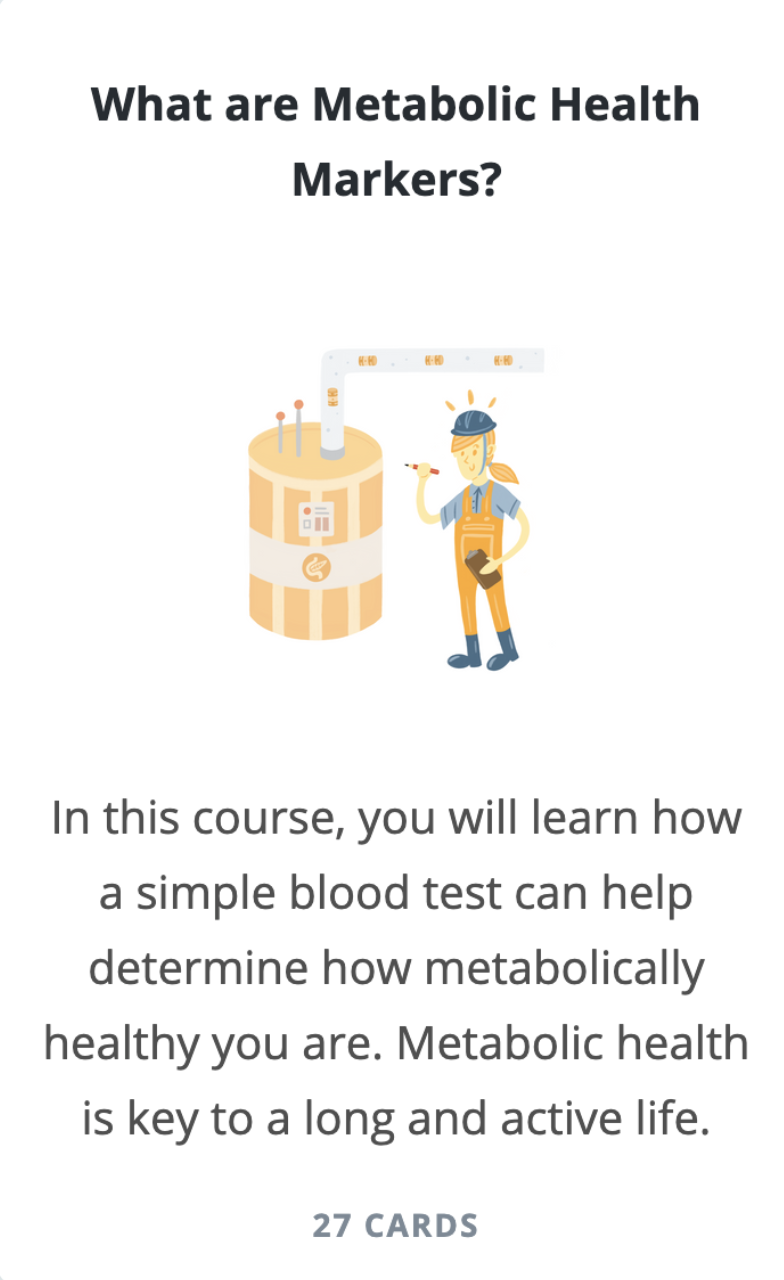
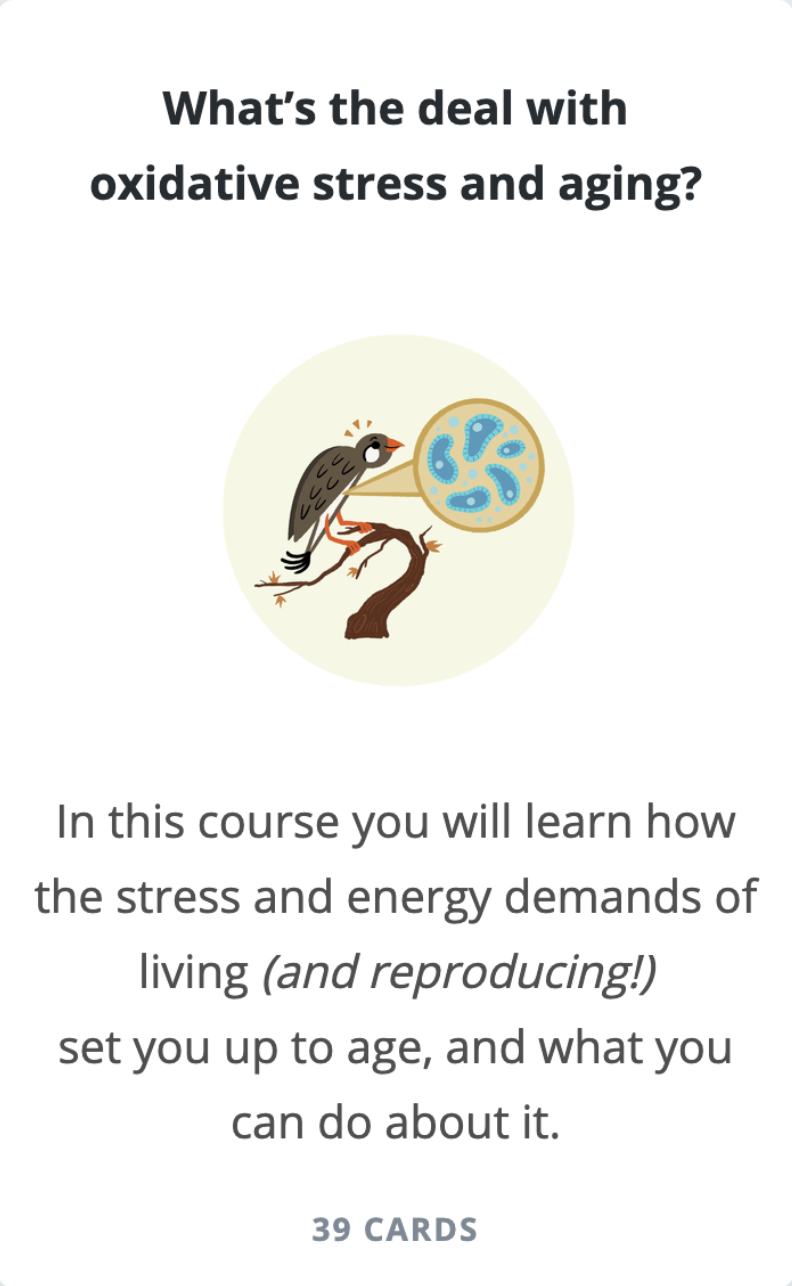
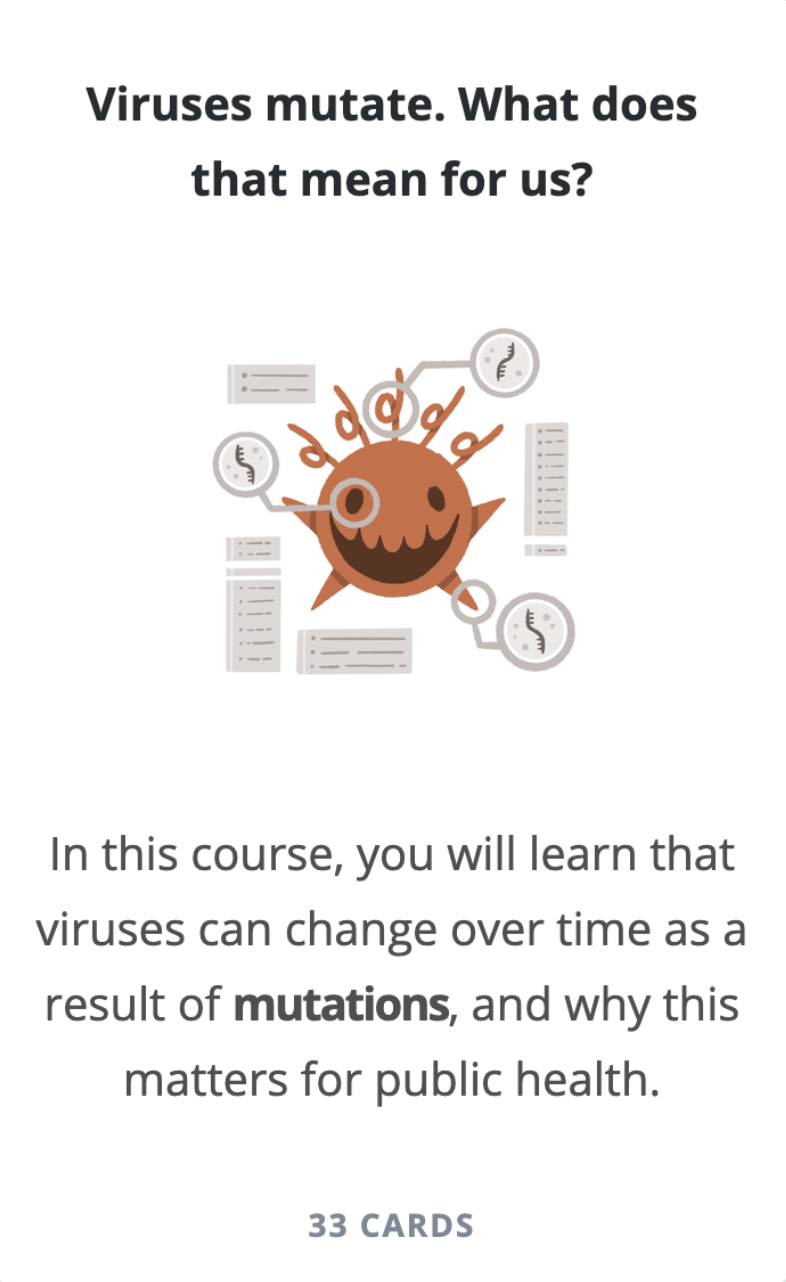
Would you consider yourself a SciArtist?
I do! I find most of my artistic inspiration and interests from connecting the beauty of the natural world and putting it onto pen and paper. Most of my previous work have been commissions, but I have also been able to illustrate for scientific publications as well.
One of the courses that you illustrated for LIFE Ascent was on Metabolic Health Markers. When looking at the script for the course what were your initial impressions?
When I first read through the script, the first visual impressions that popped into my head were to think of the body as a giant, well-oiled machine that needs to be continually maintained. Having a character like Louise navigate and work through this environment was something that I could work off of.
Are visual notes a useful starting point? Did you make any decisions to develop ideas further?
I initially start the illustration process with an initial set of rough sketches, in which I begin to experiment with the central characters, background pieces, and themes. Once I have these core features worked out, I like to expand it later on in storyboarding.
Do you use storyboarding in other work?
I personally find creating timelines and outlines to be incredibly useful in my everyday life, whether it be with my research, teaching or art. Particularly for Lifeology courses and its card format, I find storyboarding to be essential. My goal is always to tie central themes throughout the cards and plan out where to add additional visuals or concepts. As well, doing a storyboard helps me stay “grounded” with the overall artistic style and themes to make sure that it is consistent throughout.
Can you tell us a little more about how you get from visual idea to storyboard image to final rendered piece?
A great example of how I oftentimes go through my science illustrations is to set an initial idea from the text, get feedback and perspectives from others, and incorporate them to create a final piece that is more meaningful. Below is a card to symbolize the human body as a factory, which is based on the text:
“Like in a power plant, thousands of chemical reactions happen inside of you, in your cells, every day. Some reactions convert food you eat into energy.”
My focus on it was initially to convey the idea of the body more literally as a power plant or factory, with it bursting with the energy it is creating. This theme evolved once I got more feedback to focus on the second sentence and how to think about the conversion of food to energy. From this, I decided to anthropomorphize the factory into a being that is being fed. As you can see, the final version piece looks quite different from the storyboard, however, the themes and concepts remain the same. This change helped personalize the setting to the audience and became a repeating backdrop for the course.

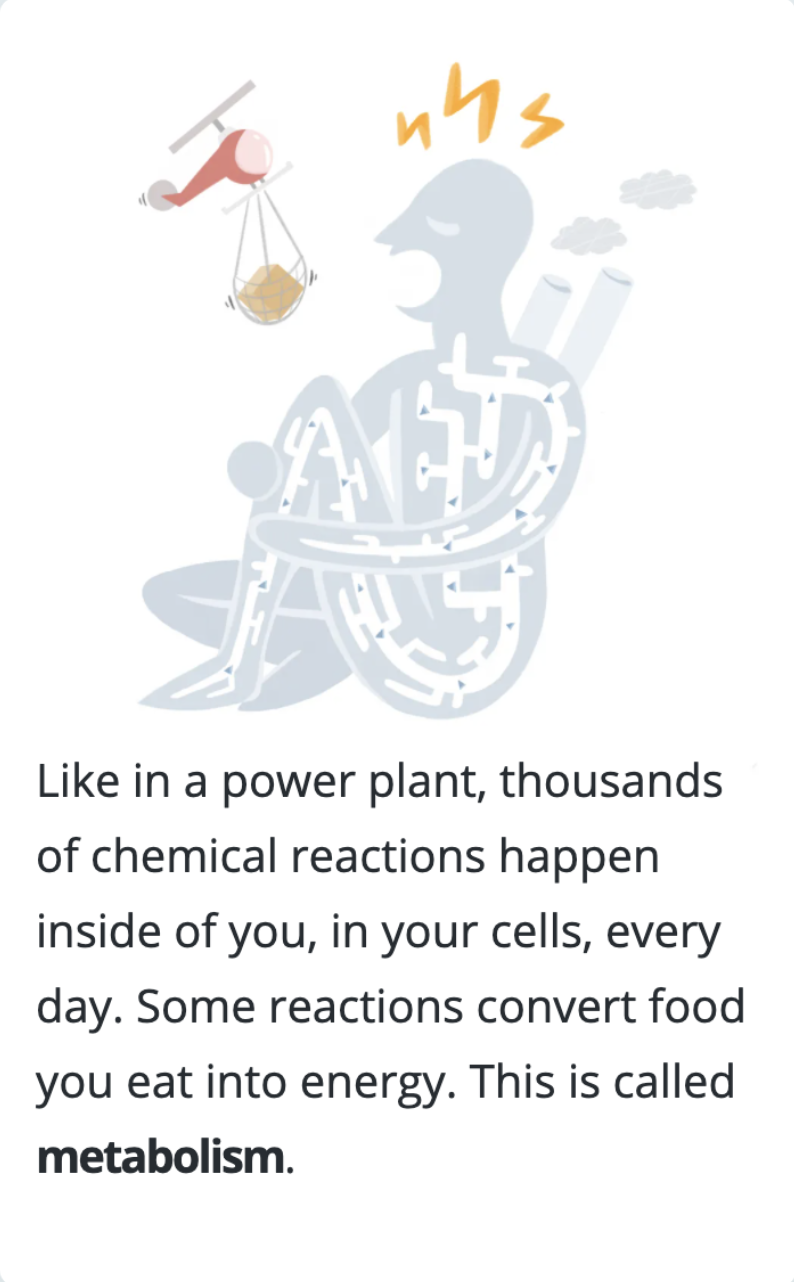
What are your illustration tools of choice and why? Any recommendations to those starting out?
I primarily use Procreate and my iPad for my digital illustrations, which are a solid investment for those who want to explore. There are also free software programs on the iPad, such as the built-in Pages app. For those who don’t want to invest initially into digital illustration, start out with drawing on pen and paper! You can digitize those illustrations onto the computer and then play with coloring and textures on free image editing software, such as GIMP and Canva. That was how I did it when I first started!
Did you learn anything from your course illustration? About your artwork, health info or otherwise?
Although my research does touch upon concepts in endocrinology and hormones, I never actually had the chance to see it be translated to a general audience. As such, I learned a lot about how to break down these rather complicated concepts and how I may go about discussing with others in the future.
Anything that surprised you?
Something that surprised me was the challenge in finding ways to visually convey body features such as the thyroid and pituitary gland. They normally look like pink and grey lumps in real life and textbooks, so it took time to give them a distinct and recognizable look for the card deck.
Tell us a little more about your other types of Art. Do you sell art?
Previously, most of my work has been through commissions. However, one of my plans for 2021 is to provide a platform to sell my art and other designs! So look forward to that!

Jeff is a reproductive biologist and science illustrator currently doing his PhD at Cornell University. His projects focus on reproductive medicine, specifically the creation of diagnostic tools to better treat polycystic ovary syndrome (PCOS) and improve women’s health and fertility. Jeff hopes to bridge his scientific and artistic backgrounds to make science accessible and engaging for everyone.
Find out more about Jeff by following him on social media!
- Instagram account: birds.and.bees.art
- Twitter account: jeffpeapod



